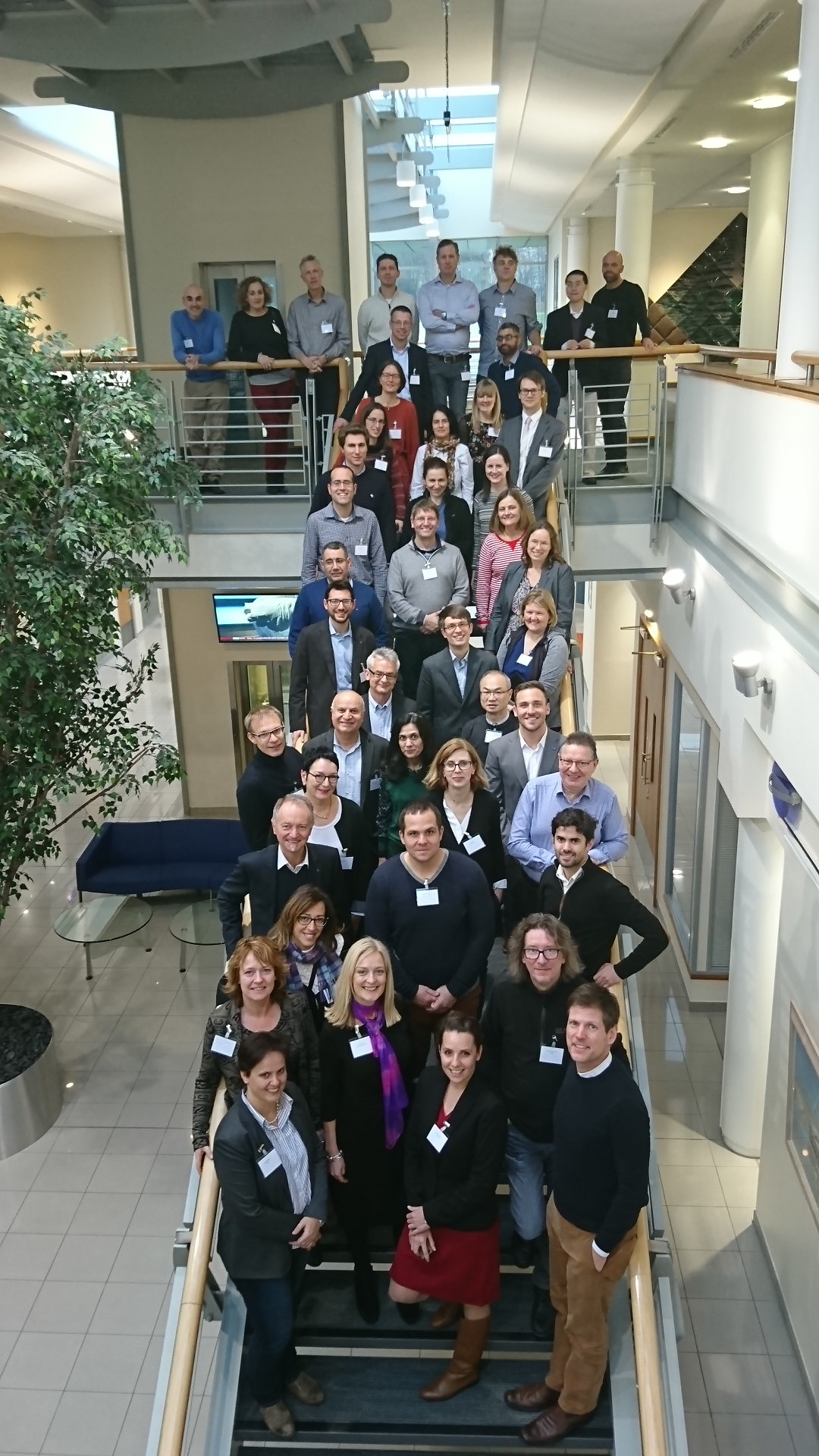The newly started H2020 GRACIOUS project will develop a highly innovative science-based framework that supports the assessment of risk posed by the ever increasing array of nanomaterials on the market and under development. The framework will streamline the process for assessing their risk by logically grouping nanomaterials thereby allowing extrapolation between (read-across) nanomaterials and reducing the need to assess exposure to and toxicity on a case by case basis.
At the kick-off meeting which was held in Edinburgh, UK on 22-23 January 2018, members of the consortium discussed how the project goal was to be achieved and how to involve key partners in of small, medium and large scale industries as well as national and international policy makers and regulators.
Industry has the ability to modify the chemical and physical characteristics of materials at the nanoscale leading to a wide array of nanomaterials (NMs) varying in size, morphology and surface characteristics. Due to financial, time and ethical considerations, safety testing of every unique NM for their potential adverse effects is virtually impossible. For these reasons, more efficient ways to obtain safety information are needed. Bringing together 23 partners spanning Europe and the USA, GRACIOUS aims to generate a highly innovative science-based framework accounting for those issues with the ultimate aim of streamlining the risk assessment process.
The GRACIOUS framework will be underpinned by scientific hypotheses, identifying endpoints relevant to grouping and read-across. To generate the knowledge and data needed to identify and test these hypotheses Intelligent Testing Strategies (ITSs) will be developed to cover all domains of relevance for risk assessment:
- Lifecycle environmental release and human exposure
- What they are: physicochemical identity
- Where they go: Environmental fate, uptake and toxicokinetics
- What they do: human and environmental toxicity
The ITSs will reduce, refine and replace (where possible) the need for animal testing by promoting the use of modelling (e.g. in silico, fate, exposure), in vitro and cell-free tests.
Project Coordinator, Professor Vicki Stone explains the expected impact of GRACIOUS:
“Application of the framework will allow movement away from the case-by-case risk assessment paradigm, thereby improving the efficiency of risk analysis and decision making for safer design of quality Nano enabled products."
To ensure this is achieved the framework will be delivered as both a Guidance Document and software module designed for practical application to:
- Help industries and regulators assess environmental and human health risks of existing nanomaterials and -forms cost-effectively
- Facilitate business decisions concerned with developing new NEPs
- Inform Safety by Design practices.

